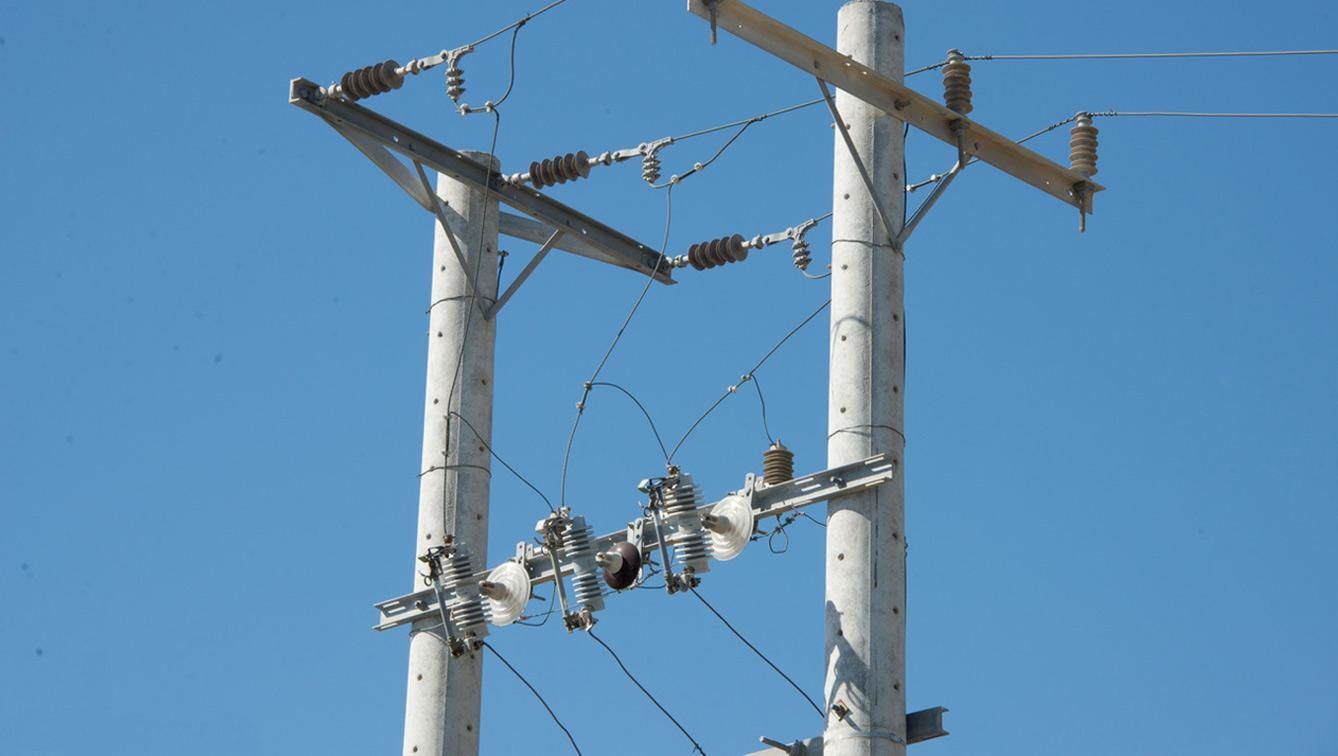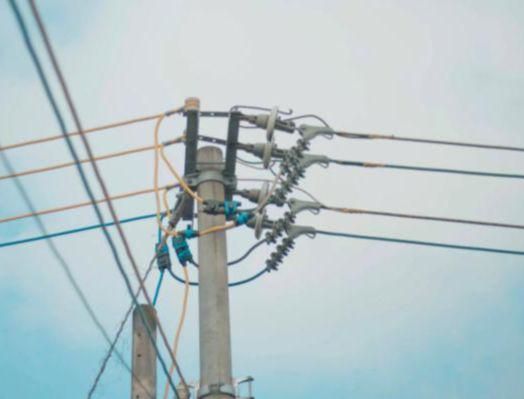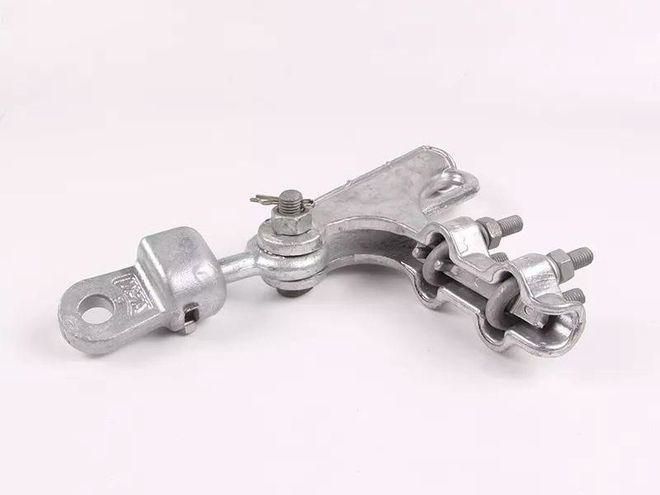Today, we will share with you the installation method of tension clamps.
Strain clamp is a commonly used connecting device in power lines, which can connect electrical conductors together to transmit power signals. Its main function is to maintain the tension of the wires and prevent them from being pulled or twisted due to external forces. In power transmission and distribution, tension clamps are indispensable components because they can stably maintain the tension of the wire, thereby improving the safety and reliability of the line.

Before installing the tension clamp, it is necessary to prepare relevant materials and tools, including tension clamp, plug plate, crimping pliers, puller, wire rope, wire, etc. Firstly, it is necessary to determine whether the model and size of the tension clamp match the wire, and check the quality and integrity of the product. Then, clean the plug board and crimping pliers of the wire clamp and inspect the surface of the plug board and wire for damage or corrosion. Finally, it is necessary to ensure that the surrounding wires and equipment are not electrified and take safety measures.

1.According to actual needs, cut the wire to be connected to a suitable length and remove the insulation layer at the incision, so that the exposed copper wire will be inserted into the wire clamp.
2. Insert the plug-in board into the connection hole of the tension clamp. Ensure that the position of the plug-in board is perpendicular to the wire and aligned with the top of the busbar clamp.
3. Insert the exposed copper wire into the clamp and ensure that the wire is fully inserted into the clamp until the end of the copper wire is visible to discharge from the clamp. It should be noted that the insertion position should be on the inner side of the connection between the plug board and the wire clamp.
4. Use a puller to fix the steel wire rope on the tension clamp, which can assist in fixing the tension of the wire during installation and keep the wire from displacement or compression. At the same time, use pliers to secure the wire clamp and wire rope to ensure that the wire clamp does not rotate or move.
5. After completing all the above steps, use crimping pliers to press the wiring clamp until the plug of the clamp and the wire are securely fixed together. When conducting crimping, it is necessary to select appropriate crimping points to maintain the good quality and reliability of the crimping joint.
6. After completing the installation, inspect each clamp installed to ensure that all components are installed correctly and meet the requirements. Especially, the tension of the wire rope must be appropriate to maintain the tension of the wire. Finally, mark the completed installation location and conduct protection and testing to ensure safety, as well as verify the quality and performance of the wires.

In short, special attention should be paid to ensuring the tension of the wire and the size of the wire clamp when installing the tension clamp. Improper size can lead to the failure of the wire clamp and affect the normal use of the wire. Regularly checking the condition of the tension clamp helps to ensure the safety of the wire and prolong its service life.
Post time: Jun-21-2023







